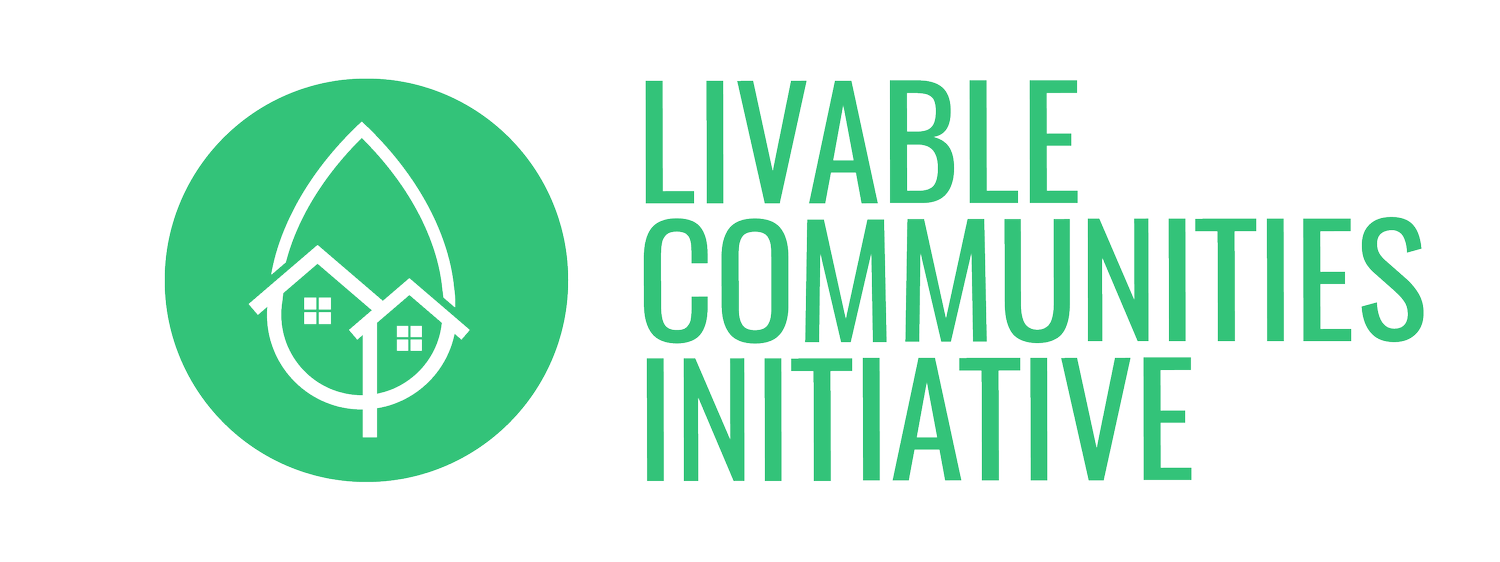Can New Apps Solve Traffic?
Are carsharing apps the next Airbnb?
By Lindsay Sturman
I think we can all agree on one thing: LA needs fewer cars. Who wouldn’t want an L.A. with less traffic—an L.A. where you weren’t forced to own a car to simply get to the grocery store?
Now it might be possible—thanks to some new apps.
Peer-to-peer carsharing is basically “Airbnb for cars.” Instead of owning a car, or renting one from Hertz or National, you can now use an app like Turo or Getaround to book someone else’s car—for the day or for an hour. It’s far cheaper than owning a car: a Getaround in L.A. can cost under $9/hour, whereas it costs $24/day to own a Camry (when you add up loan payments, gas, insurance, depreciation, maintenance and fees—not including tickets or parking) – regardless of whether you actually use it every day.
With carsharing, you don’t even have to interact with the person who owns the car. Most new cars have an app-unlock feature and keyless driving (you drive the car using an app on your phone). On Turo, you can choose a filter for “no waiting,” so you can literally walk up, open the car with the app, drive it using the app, and return it to the same street. This setting can also eliminate racial and other biases.
Carsharing apps can also be a powerful force for equity because they give everyone 24-hour access to a car on a fee-per-ride basis—a much better deal for those who work from home, families that only need a second car occasionally, anyone who wants a smaller carbon footprint, and low-wage workers who are forced to spend 30% of their income on a car.
For car owners, it’s a great way to cover car payments—especially given the typical car sits parked 95% of the time.
Carsharing has been a goal for climate activists for decades, but it's never reached the necessary scale because the upfront capital costs are so high – purchasing and maintaining thousands of vehicles to saturate a market. Peer-to-peer carsharing apps solve this by crowdsourcing carsharing. It’s the same win-win formula that fueled Airbnb’s success: travelers save money while homeowners make money.
Peer-to-peer carsharing also reduces the incentive to drive. Once we own a car (a sunk cost), we want to maximize its use, and max out the ROI (return on investment) of the purchase. So, if we own or lease a car, the cost-benefit analysis favors driving – the bus fare is $1.50, but the marginal cost of each car trip is close to zero. But if we’re paying per car ride, the incentive is reversed and instead we’re thinking: the car trip is $20, but the bus is $1.50—and then I can check email, read, or tweet.
If carsharing is scaled up and Turo is available within a block or two across the city, drivers can feel confident to ditch their cars. This, in turn, would free up parking spaces all over the city—space we can use for bike and bus lanes, al fresco dining, parklets, and all the other things that make streets vibrant and walkable. We can help create a “virtuous cycle” for mobility, local businesses, and communities.
These apps are one of the few solutions out there that are a win-win-win—a win for car owners, a win for non-car owners, a win for our communities. And it’s all carrot—no stick.
Carsharing apps can be the equitable solution for a car-light world.
- Lindsay Sturman is the founder of the Livable Communities Initiative, a plan to solve the housing crisis and climate crisis holistically in Los Angeles by creating car-light communities

